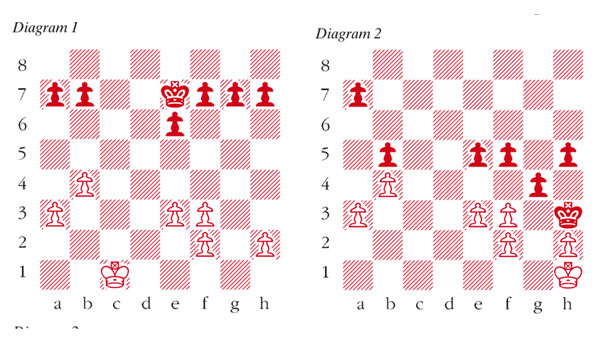In contemporary high-class tournament play both adjournments and early draws have been banned. This is partly due to the accessibility of computer analysis and partly to the realisation that well-remunerated grandmasters have an obligation to entertain. As a result, more and more games are being decided in seemingly level endgames which in former times might have been abandoned as draws. Carlsen is a particular exponent of this attritional warfare.
If it pays to study the endgame, then Akiba Rubinstein is your man, possibly the greatest endgame artist of all time. Rubinstein was active from around 1907 to 1930, during which period all of the great names succumbed at one time or another to his endgame prowess.
Cohn–Rubinstein: St Petersburg 1909; Queen’s Gambit Accepted
1 d4 d5 2 Nf3 c5 3 c4 dxc4 4 dxc5 Qxd1+ 5 Kxd1 Nc6 6 e3 Bg4 7 Bxc4 e6 8 a3 Bxc5 9 b4 Bd6 10 Bb2 Nf6 11 Nbd2 Ke7 12 Ke2 This position is, of course, completely equal.







Comments
Join the debate for just $5 for 3 months
Be part of the conversation with other Spectator readers by getting your first three months for $5.
UNLOCK ACCESS Just $5 for 3 monthsAlready a subscriber? Log in